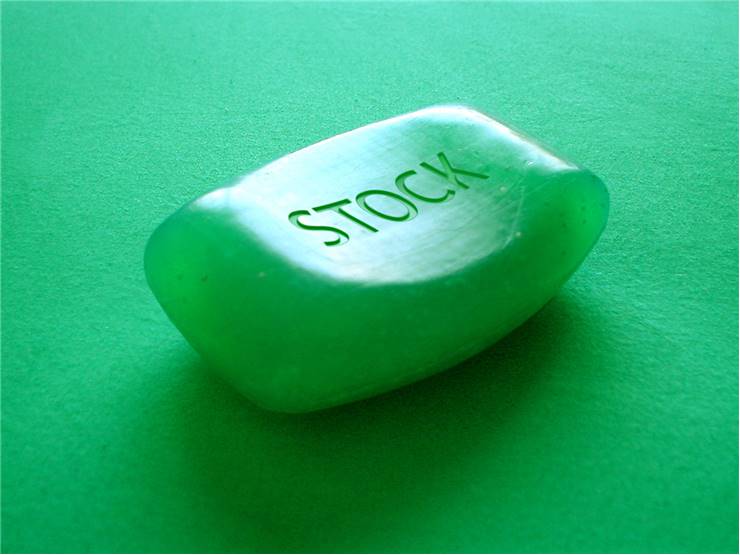Interesting Facts and Information about Soap - History and Today
People have used soap for centuries and it continues to be widely used as a cleansing agent, mild antiseptic and ingestible antidote to some forms of poisoning. Soap can be produced by a simple process called saponification that takes place when a fatty acid comes in contact with an alkali. When fats or oils, which contain fatty acids, are combined with a strong alkali, the alkali first splits the fats or oils into fatty acids and glycerin. After that, the sodium or potassium part of the alkali joins with the fatty acid part of the fat or oils. This mixture is called soap or the potassium or sodium salt of the fatty acid. So, soap is a cleansing agent created by the combination of fats and oils with an alkaline base.
The first recorded evidence of the manufacturing of soap, like materials dates back to around 2800 BC in Ancient Babylon.
The Ebers papyrus (Egypt, 1550BC) reveal that ancient Egyptians bathed regularly and used the combination of animal and plant oils with alkaline salt to produce a soap-like substance.
Phoenicians combined goat's tallow and wood ash to make soap. Celts also produced soap. Soap was popular widely throughout the Roman Empire, and was used primarily as medicine for skin diseases. The purpose of soap as a cleanser appeared in the second century AD. By the eight century, soap was common in France, Italy, and Spain, but the rest of Europe rarely used it until the 17th century.

Soap production began in England around the end of the 12th century. Soap-manufacturers had to pay a heavy tax on all the soap they made. Because of the heavy tax, soap was very expensive, and it came into common use in England after the tax was repealed in 1853. In the 19th century, soap was available and popular throughout Europe.
Early soap makers simply boiled a mixture of wood ash and animal fat. A foam substance that formed at the top of the pot, when cooled, it hardened into soap. Around 1790, French chemist Nicolas Leblanc patented a method of making lye from an ordinary salt, replacing the wood ash as an element of soap. Another French chemist Eugene-Michel Chevreul the chemistry behind the relationship of glycerin and fatty acids and put the soap-forming process (called in English saponification) into concrete chemical terms in 1823.
Soap was manufactured with industrial processes by the end of the 19th century, though people in rural areas continued to produce soap at home. By 1890 many different types of soap were offered, with the five major companies being, Colgate, Morse Taylor, Albert, Pears, and Bailey. In 1933 the first household synthetic detergent was introduced by Procter and Gamble, and the first non-soap heavy-duty laundry product was invented in 1947 by Tide. Now in the 21st century, most soap bars found in the grocery store are actually synthetic detergents. Fortunately, there has been a revival of soap making by the old fashioned process.

